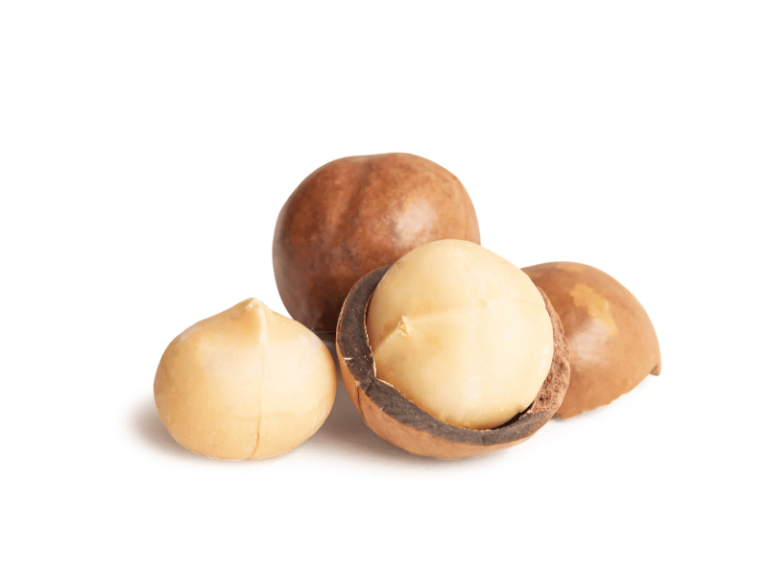Let’s conduct an experiment: take 100 intact grains and plant them, then take another 100 grains with their husks removed and plant them, and observe the results.
The result will surely show that most of the intact grains will sprout, while most of the husked grains will not. After some time, if you dig into the soil to inspect, you will find that the husked grains have already rotted.
Why do husked grains not sprout? The reason lies in the fact that the most important part of a grain is the embryo. Without the embryo, a grain cannot sprout. The husk on the outside of the grain serves to protect the embryo from damage and allows it to sprout normally.
When you remove the husk from the grain, the embryo loses its protective barrier. Soil-borne pathogens can then easily enter and harm the embryo, causing it to rot.
Additionally, the embryo is located precisely at the tip of the grain. When we remove the husk, it’s easy to accidentally remove the embryo as well. Even if the embryo is not removed, it may get damaged, greatly reducing its ability to sprout. It’s difficult for the naked eye to detect what kind of damage the embryo has suffered.
Therefore, Chinese farmers, with thousands of years of farming experience, have never planted grains after husking them.
However, some seeds are entirely different. They are covered with a thick and hard shell that air and water cannot easily penetrate. This prevents the embryo from absorbing water and conducting respiration, thus hindering germination. For such seeds, mechanical methods are often used to break through this hard shell or remove it. Seeds like peaches and hawthorns germinate much faster once their shells are removed.

